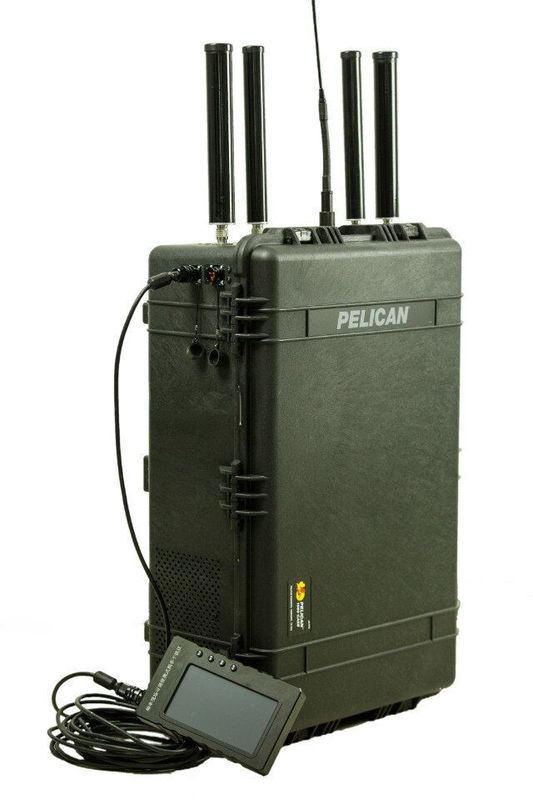Several people may not recognize that an online stalker could misuse your connected devices to keep track of, bug, isolate and otherwise harm you. Connected gadgets and cyber-surveillance innovation can track who remains in your home and what they are doing. Gadgets that enable you to use cyber-surveillance are usually connected to the Internet or another data network, so an abuser might hack into these system (with a computer or other innovation linked to the network) and control your devices or info. An abuser who utilizes your innovation to track your actions might do so secretly, or more obviously as a method to manage your behavior. An abuser may utilize cyber-surveillance innovation to, take pictures or video of you, keep logs of your activity, that can be taken from a fitness tracker or your vehicle’s GPS and reveal when you leave the house.
 If you believe that your online device has been hacked and being misused, you can begin to document the incidents. A technology abuse log is one method to record each event. These logs can be valuable in revealing patterns, identifying next actions, and might potentially be useful in building a case if you decide to involve the legal system.
If you believe that your online device has been hacked and being misused, you can begin to document the incidents. A technology abuse log is one method to record each event. These logs can be valuable in revealing patterns, identifying next actions, and might potentially be useful in building a case if you decide to involve the legal system.
An online stalker and hacker can likewise eavesdrop on you; and access to your email or other accounts linked to the connected gadgets online. An abuser might also abuse technology that permits you to control your home in a way that triggers you distress. The stalker could pester you by turning lights and home appliances on or off in your house, changing the temperature level to uneasy levels, playing undesirable music or adjusting the volume, setting off home intrusion and smoke alarms, and locking or opening doors. Such habits might make you feel uncomfortable, terrified, out of control of your surroundings, or make you feel baffled or unsteady.
In addition, an electronic stalker might abuse innovation that manages your home to isolate you from others by threatening visitors and obstructing physical gain access to. An abuser might from another location control the wise locks on your home, restricting your ability to leave the house or to return to it.
Electronic surveilance might even do more dangerous things when a cars and truck is connected and able to be managed through the Internet. Lots of newer automobiles have small computer systems installed in them that allow someone to manage numerous of the vehicles features remotely, such as heated seats, emergency situation braking, or remote steering innovation. An abuser might hack into the cars and truck’s system and gain access to this computer system to manage the speed or brakes of your car, putting you in major danger.
Without the access to your passwords, gaining control over your connected devices might need a more sophisticated level of understanding about innovation than a lot of individuals have. When devices are linked through a data network or the Internet, for example, an abuser may be able to log into (or hack into) that system to get details about how those devices were used, such as when you come and go from your home or where you drive your vehicle.
Many of the laws that apply to electronic surveillance might apply to acts of cyber-surveillance as well, depending on how the abuser is utilizing the connected devices to abuse you and the precise language of the laws in your state. In addition, if the abuser is accessing your devices to engage in a course of conduct that causes you distress or fear, then harassment or stalking laws could safeguard you from the abuser’s habits. Whenever you have a chance, you probably would like to look at this topic more in depth, by visiting the their site allfrequencyjammer.com …!
In order to try to use linked devices and cyber-surveillance securely, it can be valuable to understand exactly how your devices link to one another, what details is readily available from another location, and what security and personal privacy features exist for your technology. For example, if a device starts running in a way that you understand you are not managing, you might want to disconnect that device and/or remove it from the network to stop the activity. You may be able to find out more about how to detach or get rid of the device by reading the gadget’s handbook or speaking with a client service representative.
Comments are closed